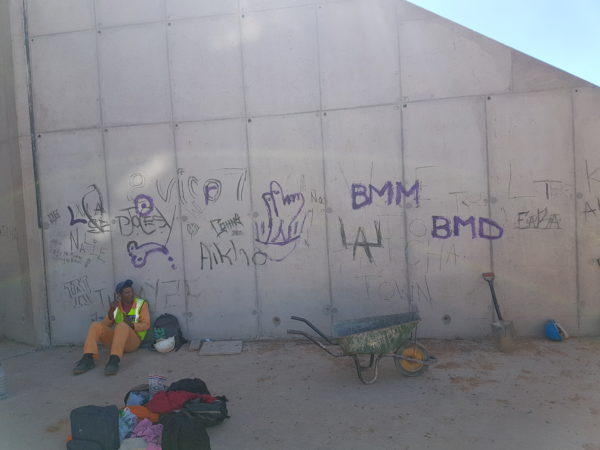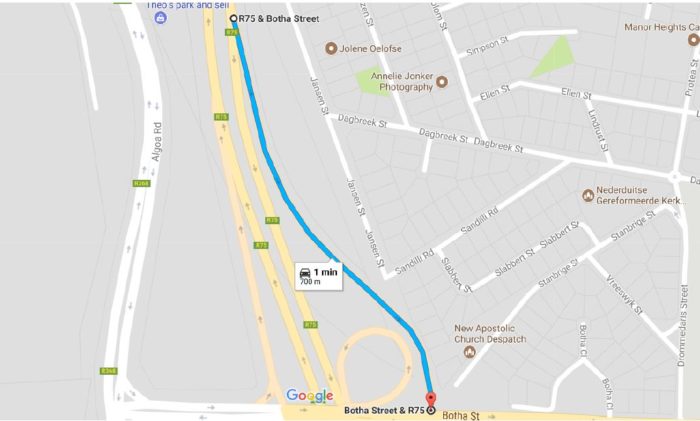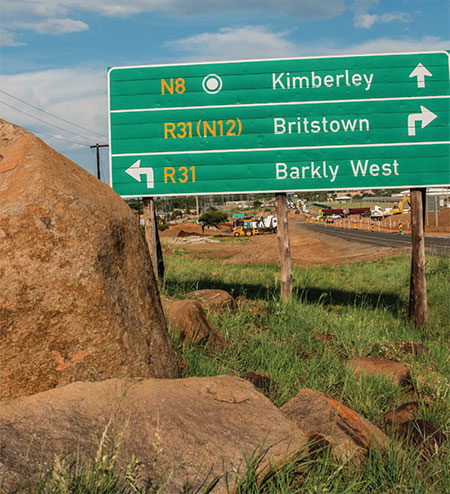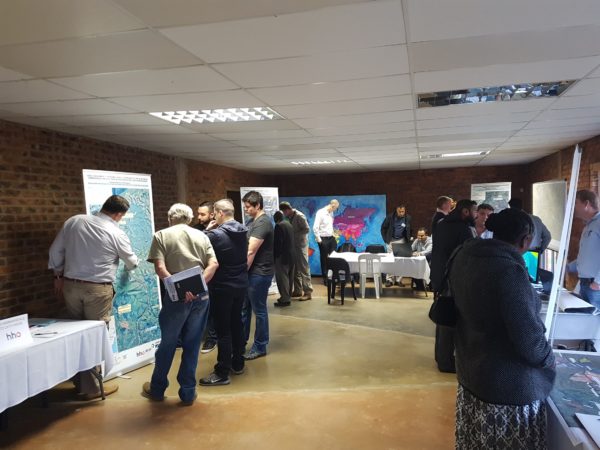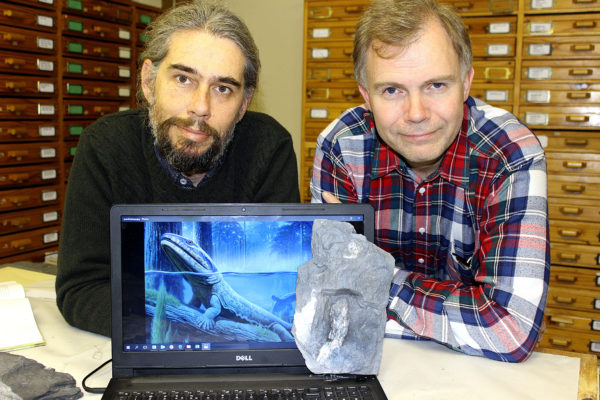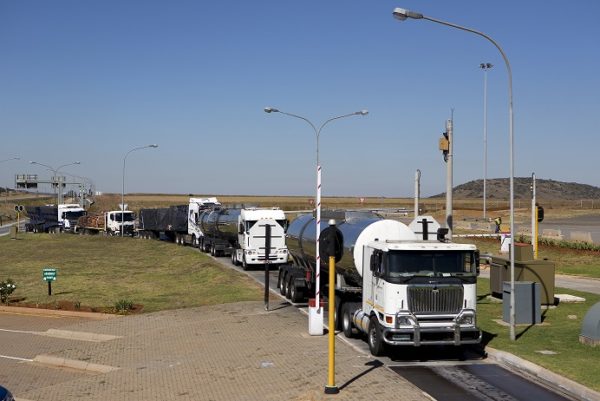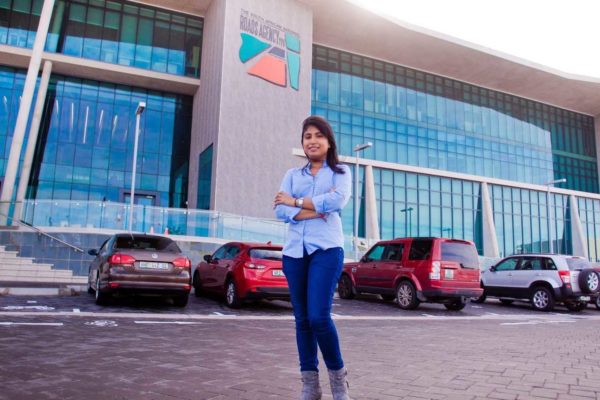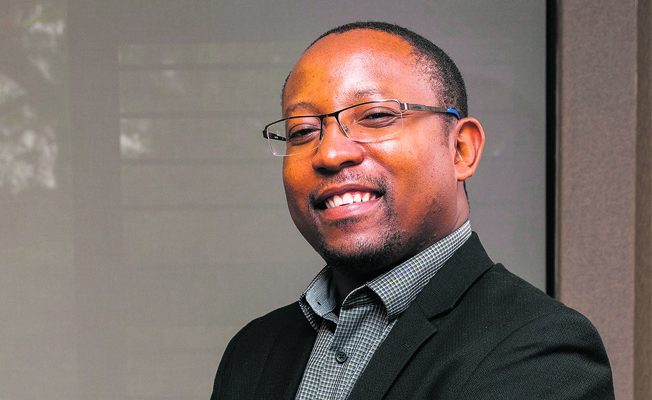SANRAL’s policy aims to advance the broad participation of black-owned enterprises and drive economic development.
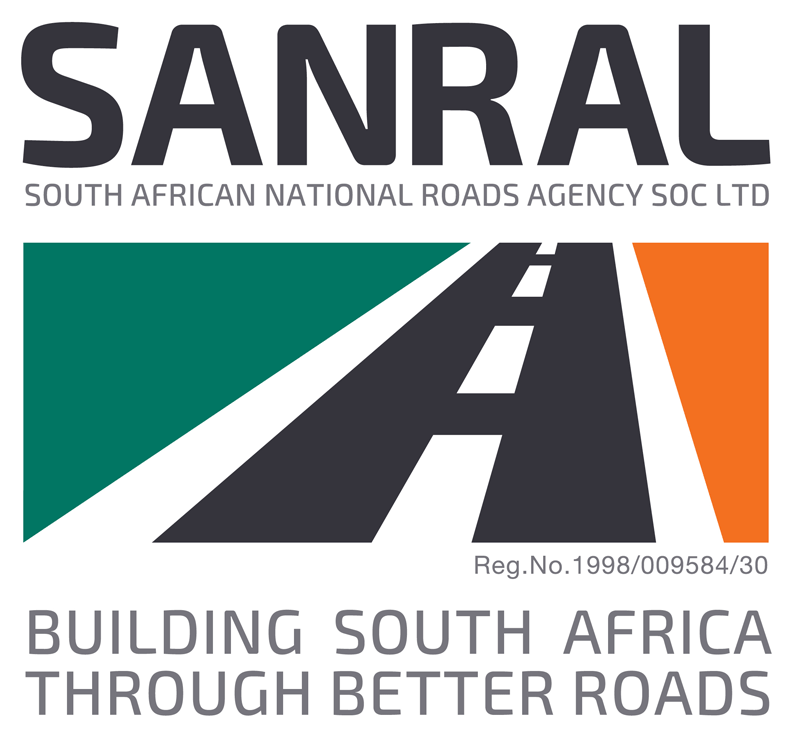
The South African National Roads Agency (SOC) Limited (SANRAL) has submitted its final version of the transformation policy that intends to reshape the construction and engineering sectors to the National Cabinet for approval.
When implemented, the new policy will set clearly-defined targets for the participation of black contractors, suppliers and professionals in all projects and procurement commissioned by SANRAL.
Skhumbuzo Macozoma, SANRAL’s CEO, said: “The transformation policy underlines that SANRAL can help to build a capable and developmental state and drive economic development through the provision and maintenance of critical infrastructure.
“Through our procurement and supply chain processes we can break down monopolies, transform the construction industry and advance the broad participation of black-owned enterprises.”
Macozoma said the final version was presented to the Minister of Transport, Dr Blade Nzimande, following an extensive process of consultation with industry, contractors and professional bodies.
SANRAL held roadshows and briefings in all nine provinces over a four-month period. Some of the constructive feedback and comments received were incorporated into the final version.
“We addressed some of the concerns that were raised about how our policies would impact the broader construction sector – but also welcomed the broad acceptance of our commitment to transformation,” said Macozoma.
All-encompassing transformation
The transformation policy will be applicable to all aspects of SANRAL’s activities – from large construction projects, to road rehabilitation and maintenance, operations, and professional and consultancy services.
“SANRAL has a wide footprint across the country,” said Macozoma. “Our policies and processes can really be catalysts for the emergence of businesses owned by women, black South Africans, military veterans and youth – to the point where they can compete on equal footings with the established contractors.”
A key feature of the policy is SANRAL’s commitment to facilitate the training and development of emerging contractors to enable them to achieve higher gradings from the Construction Industry Development Board, thus expanding their ability to be participants in major tenders.
Primary contractors who tender for SANRAL work will have to submit their own transformation and training policies as part of their tender submissions.
Breaking down monopolies
SANRAL will also help to level the playing field for emerging contractors through empowerment agreements with suppliers of construction materials and equipment.
This will further help to break down monopolies in the supply chains of equipment, materials, technologies and services, while ensuring the broad-based participation of black South Africans.
Macozoma said SANRAL remains committed to expand the participation of black-owned enterprises beyond the requirements set by existing legislation and industry charters and ensure that it is within what is legally allowed.
The final version of the policy provides for the phasing in of black ownership requirements over four years – moving from an initial 35% ownership to 51% at the end of the period from the date of approval of the policy by the National Cabinet.
The policy will also set limitations to the number of tenders that can be allocated to a single entity at both national and provincial levels.
“We are confident that through our transformation policy and new long-term strategy – Horizon 2030 – SANRAL can contribute to economic growth, job creation, development and the empowerment of our citizens,” said Macozoma.


